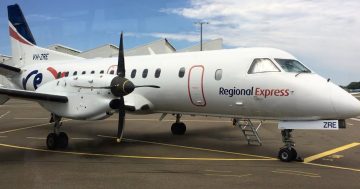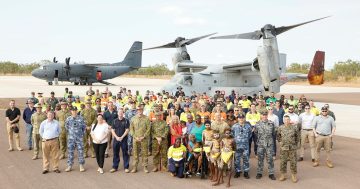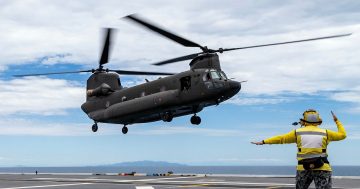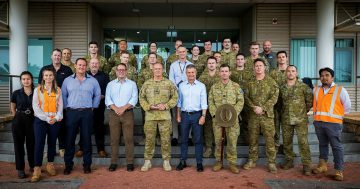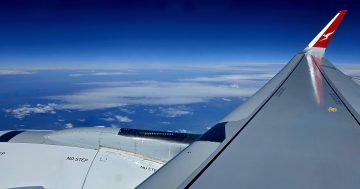 The Australian Transport Safety Bureau (ATSB) has called for an international review of airport runway lighting following an incident at Darwin Airport in 2016.
The Australian Transport Safety Bureau (ATSB) has called for an international review of airport runway lighting following an incident at Darwin Airport in 2016.
Executive Director of Transport Safety at ATSB, Nat Nagy said that landing on a wet runway at night, with visibility reduced by heavy rain, a Virgin Australia 737-800 aircraft touched down more than 20 metres to the right of the runway centre-line.
“The aircraft continued to the side of the runway, and its right landing gear ran just off the edge, destroying six runway lights along a 400 metre path before returning to the runway,” Mr Nagy said.
“There were no injuries and only minor damage to the aircraft.”
He said ATSB investigators had found that a relatively small increase in crosswind had occurred at a critical time a few seconds before touchdown, and the crew were not aware how far the aircraft had deviated.
“The two rows of lights alongside runway 29 at Darwin are further apart than what a flight crew would normally encounter, due to the relatively wide runway,” Mr Nagy said.
“The ATSB found that, in the absence of centre-line lighting, this characteristic affected the crew’s ability to detect and correct the aircraft’s deviation.”
He said a wide runway without centre-line lighting, such as at Darwin, posed a particular challenge for aircraft making approaches in darkness and heavy rain.
“The International Civil Aviation Organisation (ICAO) recommends, but does not mandate, the installation of centre-line lighting on wider runways,” Mr Nagy said.
“Of the two runways wider than 50 metres in Australia, Darwin’s runway is the only one without centre-line lighting,” he said.
“The ATSB has issued a safety recommendation to ICAO to review the runway lighting standards in light of the new evidence available,” he said.


